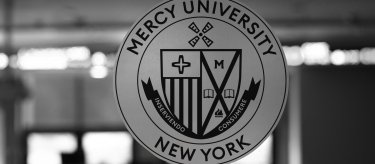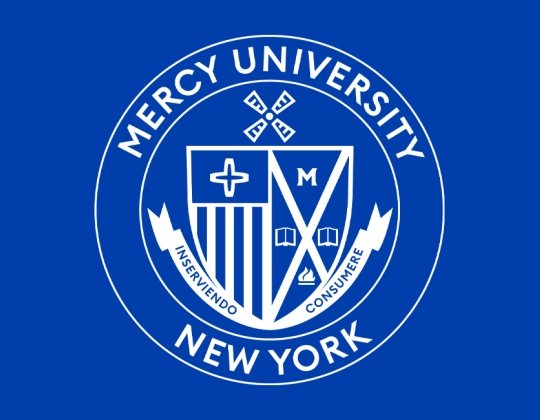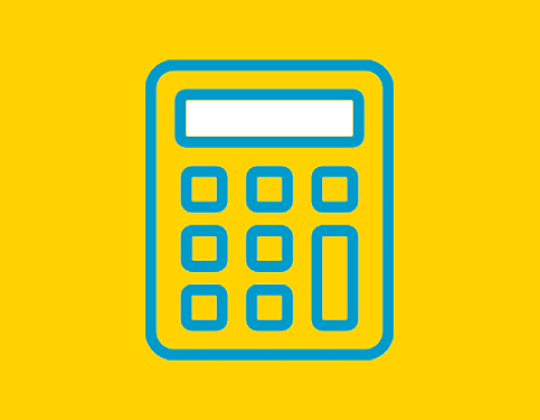
Federal & Private Loans

Helping You Pay For College
Loans are one way to finance your education, but they must be repaid after graduation. There are several options when it comes to loans, but the main ones are: Federal loans or Private loans. There may be differences between the repayment terms and benefits offered to borrowers depending on the loan program and lender. Students who are thinking about borrowing a private loan should consider and compare all options carefully before deciding.
Below is some basic information about loans, if you have any additional questions or concerns, please contact us.
Federal Direct Loan Program
Federal Direct loans can help offset the cost of tuition and course-related expenses, but they must be repaid. Federal Direct Loans are backed by the Department of Education.
- Federal Direct Subsidized Loans: These are subsidized student loans. The government pays the interest on the loan while you are in school. Eligibility is based on financial need.
- Federal Direct Unsubsidized Loans: Available regardless of financial need. However, unlike a subsidized loan, interest accumulates from the first day of disbursement. Students have the choice to pay interest charges while in school or defer payments until graduation.
There may be differences between the repayment terms and benefits offered to borrowers depending on the loan program and lender. Students who are thinking about borrowing a private loan should consider and compare all options carefully before deciding.
Mercy University has partnered with ELM Resources, a non-profit corporation that offers students the ability to compare and select the educational loan that best fits their needs. Clicking the link below will take you to Mercy's ELM partner site.
Please note that Mercy University does not have a "preferred" lender list. The lenders and programs show on the partner site are listed based on historical borrowing by past Mercy students and area offerings determined by ELM. This order of the listing is random and Mercy does not prioritize any one program over another. You may choose one of the products listed, or choose any lender and product not listed, and Mercy University will process your loan once we have been notified.
How Much Can I Borrow?
The maximum amount of combined subsidized and unsubsidized loans that students may borrow for the academic year is as follows:
- Direct Parent PLUS Loans: Available to the parents of undergraduate dependent students. The maximum amount that can be borrowed is up to the cost of attendance less other aid.
- Direct Graduate PLUS Loans: Available to graduate students. The maximum amount that can be borrowed is up to the cost of attendance less other aid.
Student Loan Disclosure Statement
Not sure if you're an independent or dependent student? Visit the Federal Student Aid website to learn more.
|
|
Dependent Students |
Independent Students |
|
Freshmen |
$5,500 |
$9,500 |
|
Sophomore |
$6,500 |
$10,500 |
|
Junior |
$7,500 |
$12,500 |
|
Senior |
$7,500 |
$12,500 |
Private Loan Programs
There are a number of private educational loan programs available to students who need additional money to cover their college expenses. These loans are credit-based and require a separate application process independent of the FAFSA. The basic terms of most private loans are similar:
- The student must apply with the loan provider directly
- The loan provider will request a credit check and/or an income check
- The amount of the loan will be based on the request and the creditworthiness of the student
- If approved, the school will certify the student's enrollment level and cost of attendance with the lender before disbursement
- The money will be disbursed directly to the school to pay applicable charges first
- Any amount over applicable charges can be refunded to the student using the school's normal refund procedure



